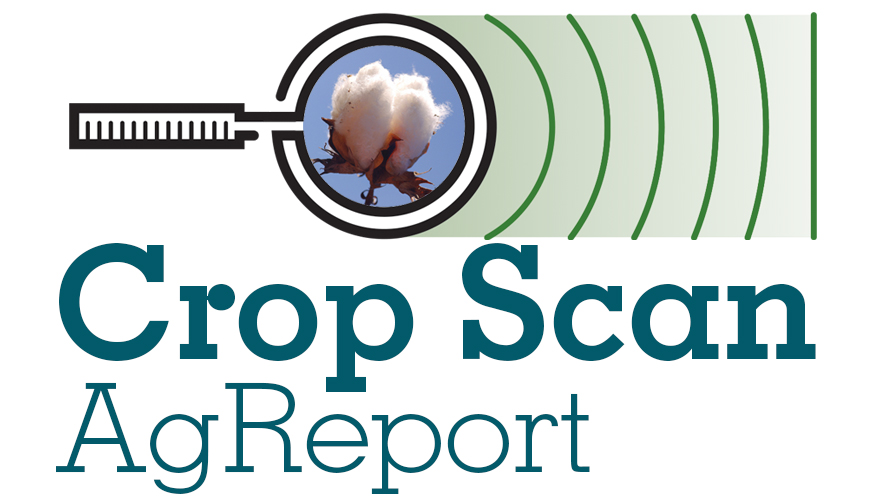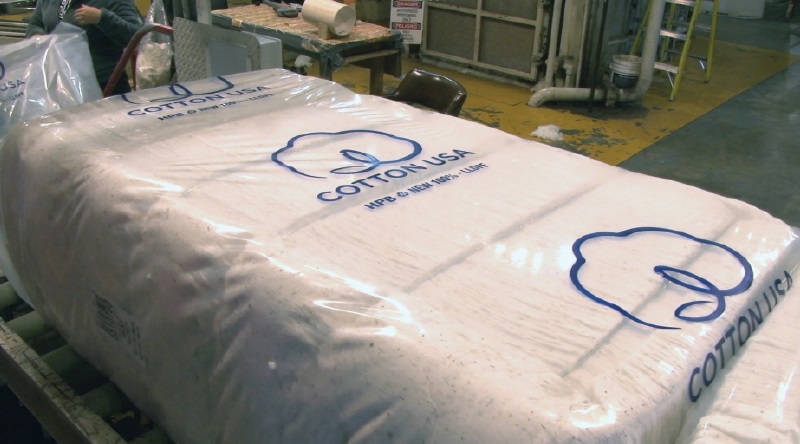Cotton’s Best Friend: An Informed Consumer
What is a frontier, if not a new challenge? Change can be frightening, but if we do not take the risk, we lose more than we gain – and challenges transform into threats if we don’t have the courage to face them.
Our challenge is to tell cotton’s story, beginning with the seed and finishing with a T-shirt. Not long ago, cotton’s trip from grower to consumer was long, with little interaction between producers and distributors, but recent cooperation may help to create new value for everyone.
The global textile sector’s biggest problem is the structure of distribution of ready-made products. It is dominated by profit-seeking brands and retailers that use sustainability to distract consumers from the fact that they have relocated their production to Asian countries that lack workers’ rights and environmental norms.
But consumers are watching, and brands that ignore their concerns will pay the price. One important result of the growing ecological consciousness is strong governmental support for sustainable development in the most important economies of the world. A good example is the new program initiated by Cotton Incorporated and Cotton Australia: Cotton LEADS, whose objective is to present and promote responsible and transparent methods of cotton growing in Australia and the United States.
The strength of this program is the fact that it encompasses both conventional and organic cotton grown in both countries (which account for 17% of the global cotton production). All other “identity cotton” programs together account for only 4% of the world cotton crop. Assuming that Cotton LEADS will complement, and not compete, with the already existing sustainable cotton certification programs, it could bring important benefits to cotton.
Another problem is that labels in many parts of the world do not show what materials an item is made from. Transparency makes it possible to track a product to origin and control it at every stage of its production.
The European Union is also taking steps to better monitor the market and provide consumers with reliable information. These actions perfectly match the needs of expanding the transparency of the supply chain and of delivering the reliable, fair commercial information on the product.
In May 2012, amended regulations on fiber content labeling of textiles and apparel went into effect (transition time November 2014) covering products at all stages of the supply chain and requiring textile products sold in the EU provide information about their fiber composition. In February 2013, the European Commission proposed the Product Safety and Market Surveillance Package 2013, which increases responsibility of manufacturers, importers and distributors of consumer products for consumer safety, and creates a coordinated, all-Union system of market supervision, which will encompass all sectors and ensure an efficient monitoring of consumer product origin along the whole supply chain. The obligatory country of origin labeling is the important part of this regulation.
The Gdynia Cotton Association is engaged in support of the proposed regulations. Our ally is a well-informed consumer who reaches for products made of natural cotton.








